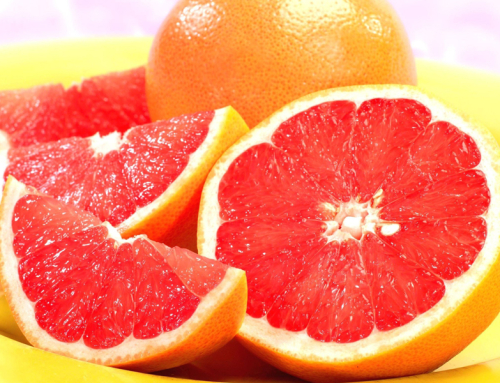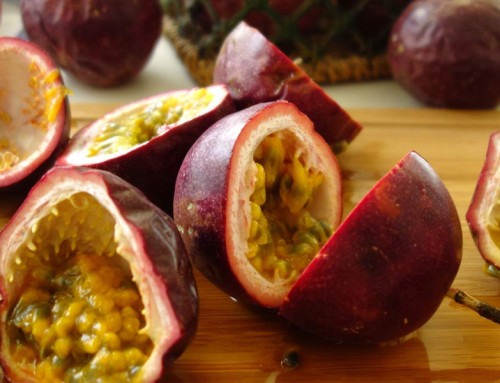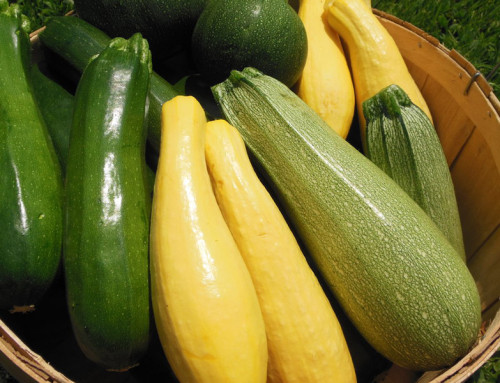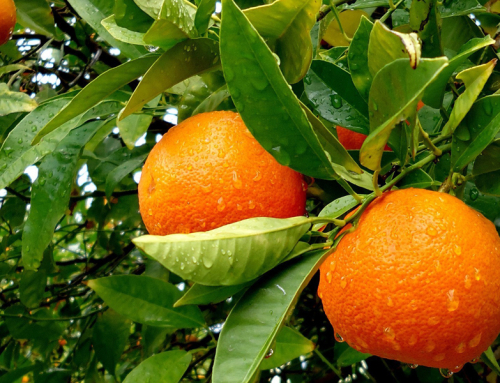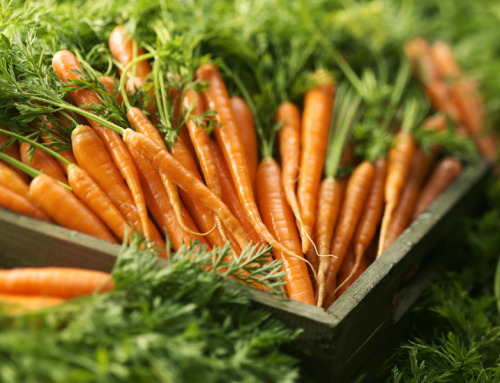Blueberry
- Blueberries, raw, 1 cup (approx. 145 g) – 81 calories
- 1 berry = 0.8 calories
- 1 oz (28 g) = 16 calories
- 100 g = 57 calories
- Blueberries, frozen, sweetened, thawed, 1 cup (approx. 230 g) – 186 calories
Bilberry
- 100 g = 60 calories (14 g of carbohydrates, 0.4 g of fat and 0.7 g of protein)
Huckleberry
- 1 oz (28 g) = 15.9 calories
- 100 g = 56 calories
- 1 cup = 81.2 calories
Cranberry
- 1 oz = 14 calories
- 100 g = 49 calories
- 1 cup chopped = 54 calories
- 1 cup whole = 46.5 calories
- Blueberries have attracted a lot of research into, and popular interest of, their health benefits and this has resulted in considerable information about their high nutrient value. They have been referenced often as being responsible for the longevity and overall wellness of indigenous natives who livein the subarctic regions in the Northern hemisphere where blueberrie bushes thrive. And they appear to be a fantastic brain food!
- Blueberries contain 15 g of vitamin C and 0.84 g of vitamin E in a one-cup serving. Together they form a potent antioxidant team that can strengthen and support your immune system and help prevent or fight illness. They limit, or remove, the free radicals, foreign agents and bacteria that can cause infection or disease.
- Blueberries have one of the highest antioxidant values of all the fruits. The ORAC value of 100 g fresh blueberry is 5562 TE/100g. Overall, the phytochemicals in blueberries help remove harmful oxygen-derived free radicals which protects the body against cancer, aging, degenerative diseases, memory loss and certain infections.
- The antioxidant value of blueberries are mostly derived from the polyphenolic anthocyanidin compounds such as chlorogenic acid, tannins, myricetin, quercetin and kaempferol.
- Blueberries may help short-term memory when eaten daily. The anthocyanins, the primary polyphenol flavonoids in the fruit, have antioxidant and anti-inflammatory properties and have been shown to increase neural functioning in the brain and improve glucose utilization efficiency which helps to prevent nerve degeneration in older adults. Studies have shown that the flavonoid antioxidants may be instrumental in activating certain areas of the brain that are involved in improved working (short-term) memory, spatial cognition, mad reduced depression.
- Delphinidin and malvidin are the predominant anthocyanidins, which are also pigment antioxidants, with concentrations of delphinidin ranging between 45.0 to 74.9 mg per 100 g serving and and malvidin ranging between 37.1 and 62.2 mg per 100 g serving.
- Other flavonoid antioxidants in blueberries are carotene-β, lutein and zea-xanthin.
- Flavanol dimers are most abundant flavanols, with a mean percentage of 24% of the total, with flavanol monomers representing 11%.
- Blueberries also contain chlorogenic acid, a powerful antioxidant found in many fruits and vegetables, including coffee, that is very well absorbed by the intestines and is available to react with, eliminate or neutralize harmful substances. Some studies have shown that it lowers blood sugar levels and controls blood-glucose levels in people with type-II diabetes. However, the wild low-bush blueberry contains the highest chlorogenic acid concentration and is not generally available in stores, but may be found at farmer’s markets.
- Blueberries contain small amounts of the vitamin B-complex (niacin, pyridoxine, folates and pantothenic acid), but they contain very good amounts of vitamin B-6, riboflavin, and folic acid which all act as co-factors that help metabolize carbohydrates, protein, and fats.
- Blueberries are not the highest fruit source of potassium since there are only 112 mg in a one-cup serving. Potassium is an important component of cell and body fluids that helps controlling heart rate and blood pressure.
- A 1-cup serving of blueberries provides you with 0.40 mg of manganese that is used by the body as a co-factor for the antioxidant enzyme, superoxide dismutase.
- Blueberries contain 0.057 mg of copper and .28 mg of Iron per 100 g serving. Both are required for the production and formation of red blood cells.
- One cup of Blueberries with the skin is about 0.24 milligrams. Zinc helps balance blood sugar, stabilizes the metabolism, aids in immune system functioning, and even supports the sense of smell and taste.
- Blueberries contain specific substances that stops bacteria from attaching to bladder tissue which can help relieve symptoms of common urinary tract infections, but they cannot cure infections.
- A one-cup serving of blueberries contains 3.6 g of fiber due to their seeds, and can be a moderate laxative if eaten alone. When eaten with other foods, they can be quite constipating but that is because of not drinking enough water. Fiber is extremely important for bowel and colon health, and helps move food smoothly through your digestive tract and can prevent constipation (with enough water!), and, in fact, blueberry juice has been used as a remedy for chronic diarrhea. Fiber can also increase satiety and make you feel full which can prevent overeating.
- Being relatively non-acidic, blueberries can be eaten by people with whom acidic fruits disagree, such as those who suffer from acid reflux (GERD).
- Because of their high antioxidant properties, blueberry appear to protect the neurons of the brain from the accumulation of amyloid-beta protein, even to the point of reversing age-related cognitive decline, at least in laboratory rats. This protein forms deposits in the brain that have been linked to dementia and Alzheimer’s risks as well as with increased immune reactivity which can lead to inflammation and nerve cell damage.
- Significant improvements in learning and memory have been observed after eating a blueberries daily for 7 days, with improved learning ability being attributed, in part, to decreased lipid damage and higher vitamin C levels in the brain.
So, what the heck is a blueberry?
Botanically, the blueberry is a perennial flowering deciduous shrub in the family Ericaceae, and is related to the cranberry, huckleberry, whortleberry and bilberry within the genus Vaccinium. A blueberry is a tiny round smooth berry with a puckered calyx on the bottom. The skin is bluish-purple or indigo-colored because they are rich in pro-anthocyanin with is a natural pigment antioxidant. The Vaccinum cyanococcus varieties are native to North America and are the most common fruits sold commercially as “blueberries”. Commercial blueberries are usually from species that naturally occur only in eastern and north-central North America.
The members of the vaccinium species are classified according the way they grow, either as high-bush or low-bush berries. Traditionally, blueberries are handpicked, and the berries are ready to harvest when the greenish pink color turns completely blue. This requires intense labor, which is why they seem so expensive in the markets.
The high-bush varieties grow between 10 to 12 feet tall in cultivated orchards Some commercial high-bush varieties are known as Bluecrop, O’Neal, Bluejay, and Brigitta ( Vaccinium corymbosum L.) The wild blueberry ( Vaccinium angustifolium L.) is a low-bush variety that is not generally commercially available, largely because they are not as easy to pick as the high-bush varieties. The low-bush blueberry grows only about one to two feet tall. On farms where the wild blueberry is cultivated, it is grown as a two-year cycle crop, and the whole plant gets either mowed down or the field is burned to allow only the new shoots that grow from the underground rhizomes during the next season.
The flavor of a blueberry is variably said to be tart-tangy or sweet-tangy depending on individual berries, varieties, or the orchard from which they came. Many commercial boxes of berries in the produce department may contain mixed varieties.
However, there is a bit of mystery surrounding blueberries, and that is that they look similar to other species and other species may also be referred to as “blueberries”. The north American Cyanococcus blueberries can be differentiated from the nearly identical-looking bilberries by the color of the flesh when sliced in half. Ripe blueberries have a light green flesh, while bilberries, whortleberries and huckleberries are red or purple throughout. These other species are sometimes called “blueberries” and sold as blueberry jam or as other products, which makes finding out how many calories in a blueberry a bit dicey if you don’t know exactly which species is being called a blueberry.
By the way, it is always a good idea to wash fresh blueberries before eating, to remove tree and travel dust, picker’s fingerprint, and potential pesticide residue. Buying organic blueberries solves only the pesticide issue, since handpicked blueberries may still have been handled by other people (who may or may not have been wearing gloves), rather than machines, before purchase.
NOTE: Blueberries may cause serious allergic reactions in some sensitive individuals, but this is rare and may possibly occur due to cross-reactions to other fruits, such as strawberries, or due to pollen or weed allergies. Some of the most common symptoms of blueberry allergy may include swelling and redness of mouth, lips and tongue, hives, headache, runny nose, itchy eyes, wheezing and gastrointestinal disturbances. If you suspect an allergy, you may want to avoid blueberries.


